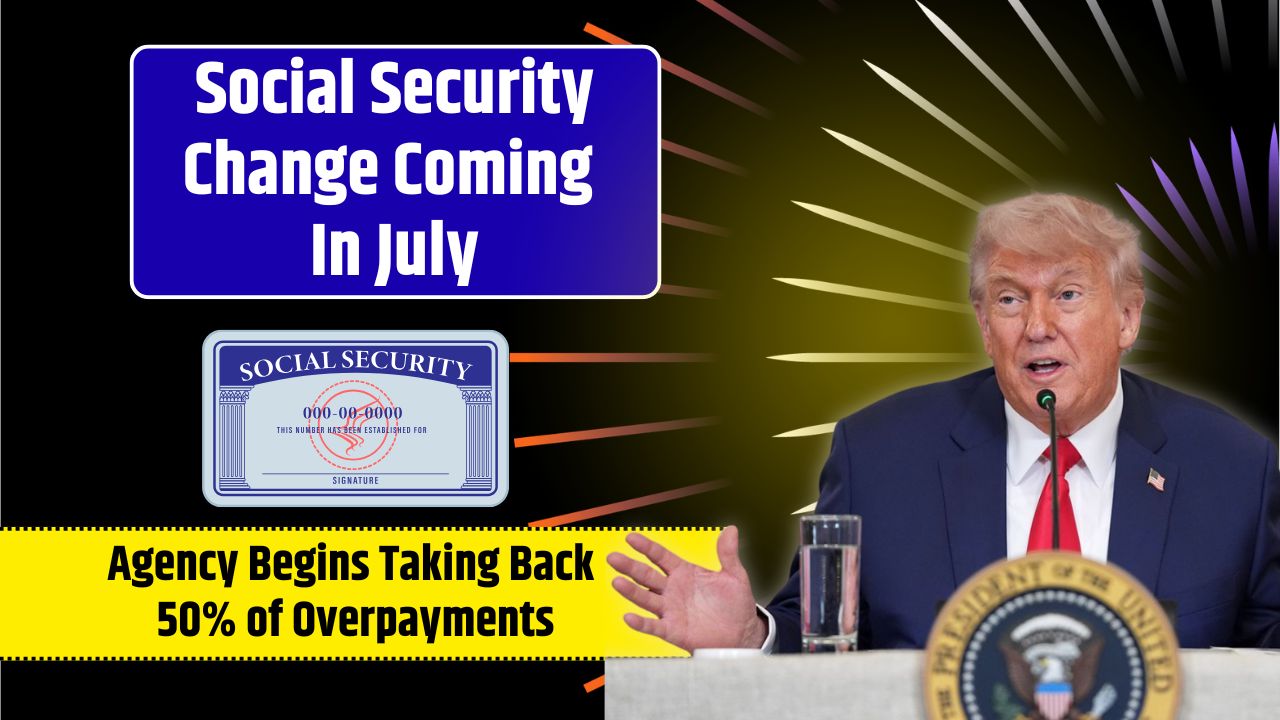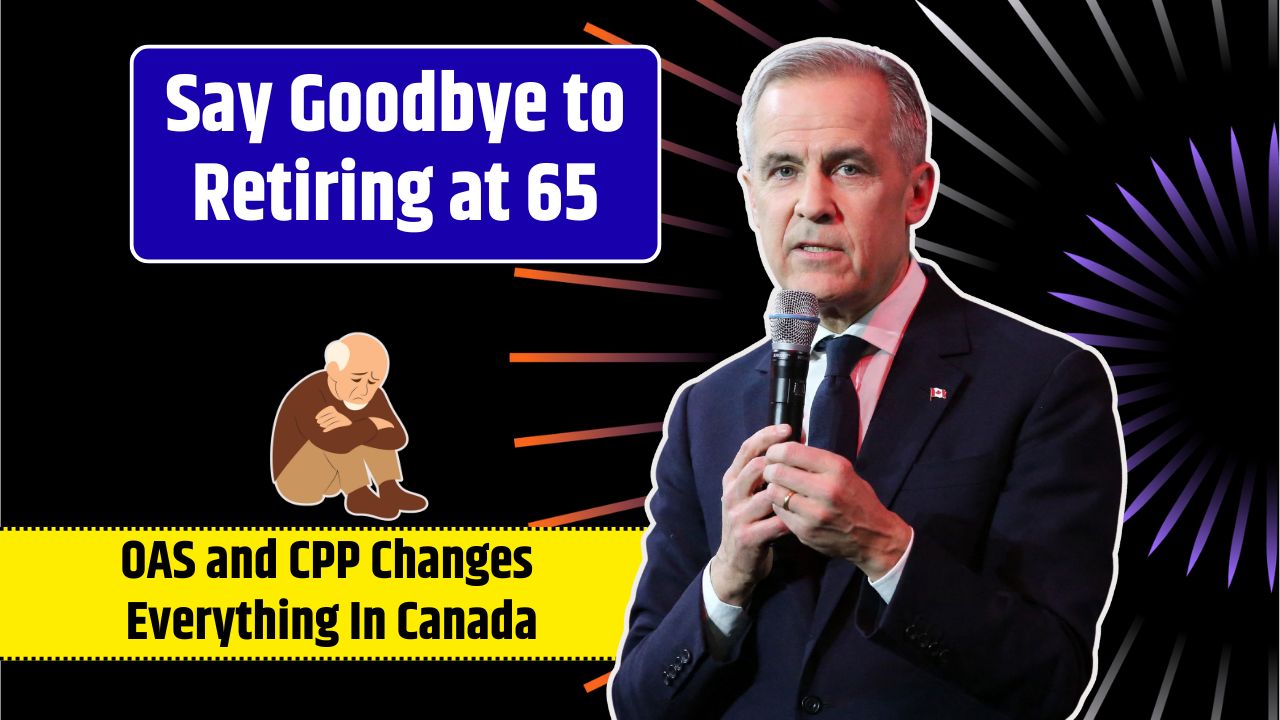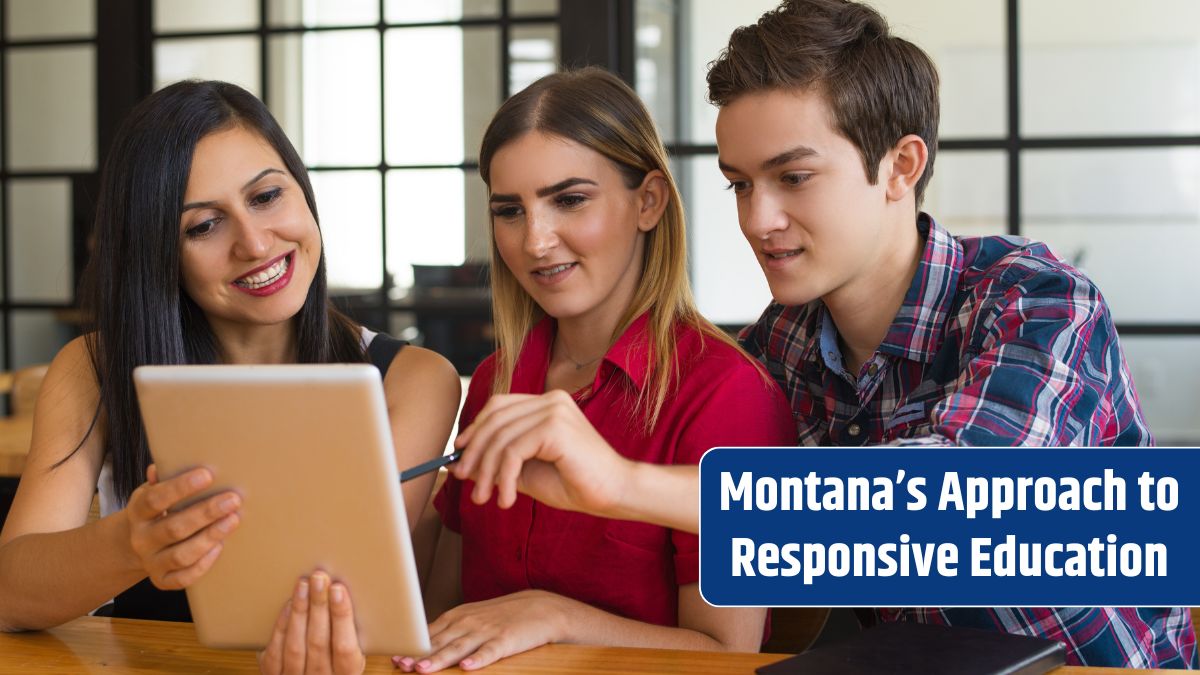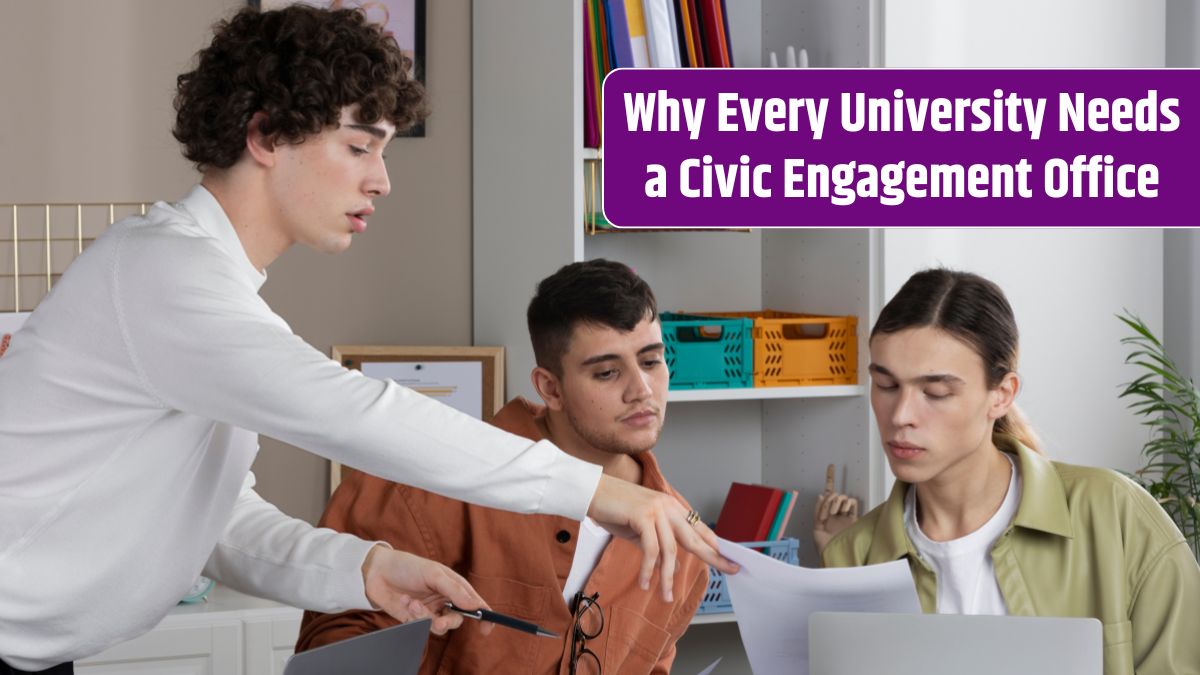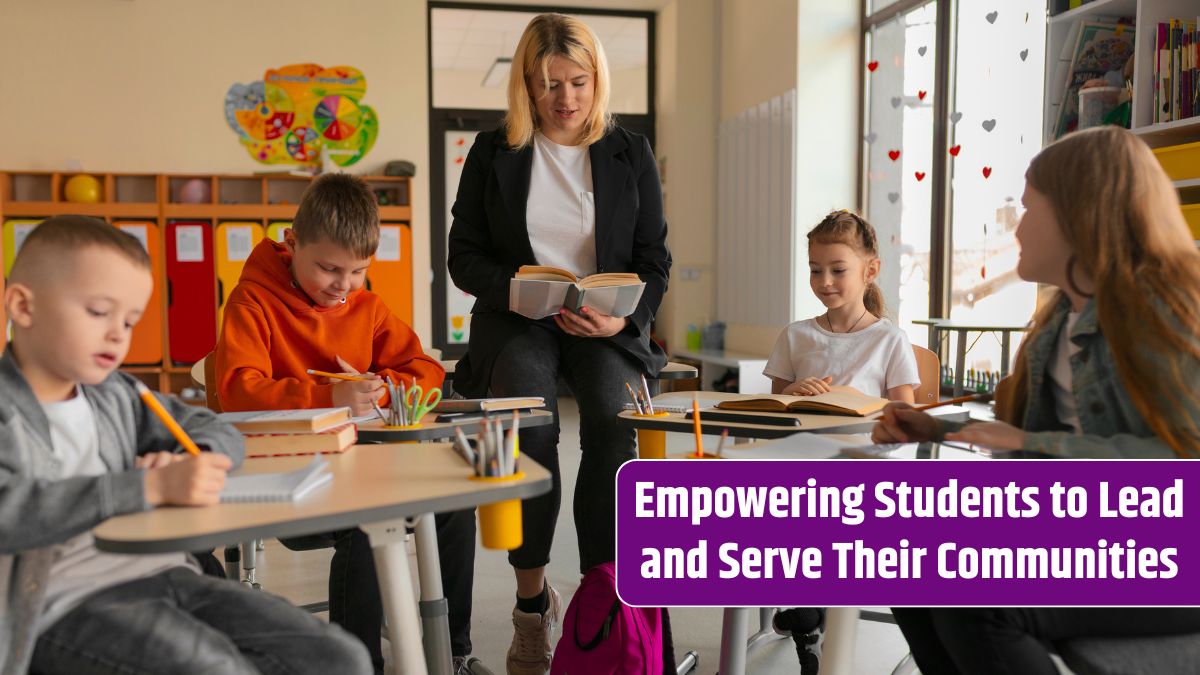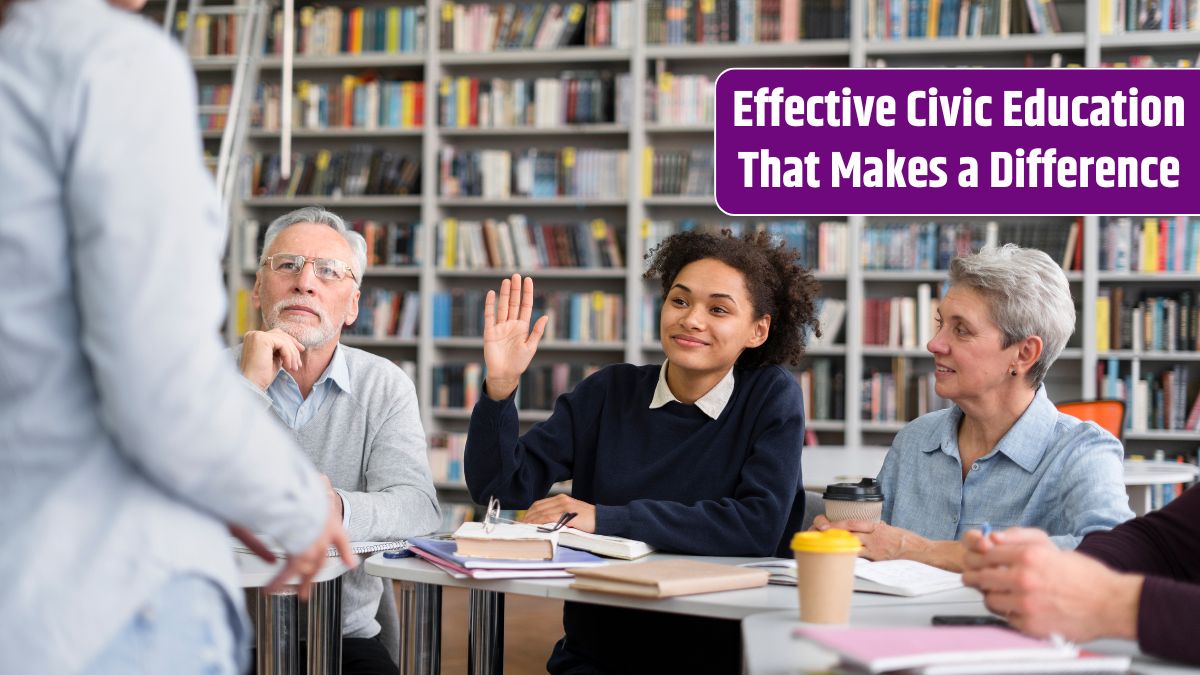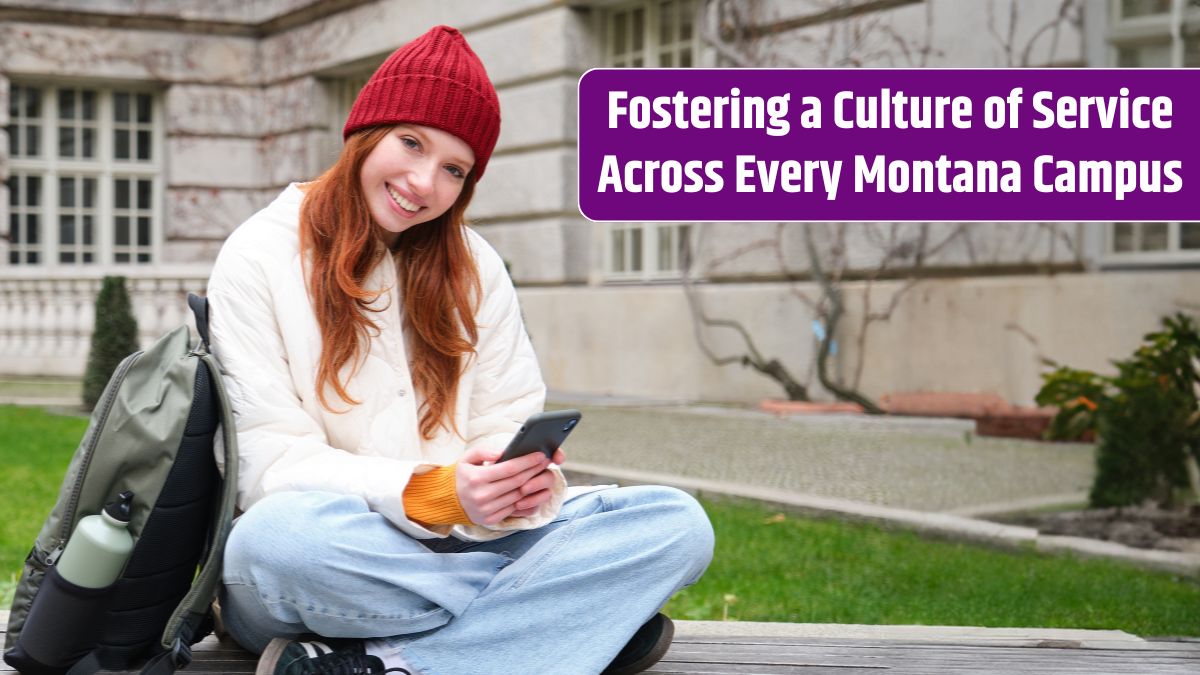Today’s students don’t just want knowledge—they want meaning. They care about justice, equity, and making a difference. That’s why more educators are rethinking course design to reflect those values. By integrating social responsibility into the classroom, instructors can make knowing more engaging, more relevant, and a lot more powerful. Here’s your guide to making it happen.
Table of Contents
Mindset
First, let’s talk mindset. Integrating social responsibility isn’t about turning every class into a social studies lecture. It’s about asking, how can this subject help students understand or improve the world around them? Whether you teach biology or business, there’s always a way to connect your content to real-world issues.
Objectives
Start by building social impact into your learning objectives. Instead of only focusing on technical knowledge or test scores, include outcomes like civic awareness, ethical decision-making, or collaborative problem-solving. For example, in a marketing class, add an objective about analyzing the ethical impact of advertising on marginalized communities.
Content
Next, rethink the materials. Include case studies, guest speakers, or readings that highlight social justice, sustainability, or community action within your discipline. Even STEM courses can look into the societal implications of innovation. The key is to show how content applies beyond the textbook—how it shapes people’s lives.
Activities
This is where it gets hands-on. Use service-learning, simulations, or community-based projects to let students apply what they’re learning. In a public health class, students might partner with local nonprofits to develop awareness campaigns. In a tech course, they could design an app that helps underserved populations. Make learning real, and the lessons will stick.
Reflection
Don’t skip the reflection. Encourage students to think about what they’re learning and how it connects to the bigger picture. Journals, discussion boards, or presentations can prompt questions like: What did I learn about myself? How did this change my view of the world? This turns learning into growth—and that’s where the magic happens.
Assessment
You’ll also want to update how you measure success. Go beyond tests and papers—look at collaboration, problem-solving, and real-world application. Rubrics can include criteria like “demonstrates ethical reasoning” or “shows understanding of social impact.” It sends a clear message: these skills matter, too.
Collaboration
Lastly, don’t do it alone. Partner with colleagues, local organizations, or campus groups to expand the reach of your course. Collaboration makes projects more meaningful and helps students see the value of collective action. Bonus: it also lightens your load as an instructor.
Here’s a simple breakdown of how to integrate social responsibility:
| Course Element | Social Responsibility Add-On |
|---|---|
| Objectives | Include civic and ethical learning goals |
| Readings/Content | Add social issue-focused case studies |
| Assignments | Design real-world or community-based tasks |
| Reflection | Use journals and group discussions |
| Evaluation | Include collaboration and ethical reasoning |
Integrating social responsibility doesn’t mean changing everything—it means enhancing what’s already there. By making small shifts in how we teach, we help students become not just professionals—but responsible, thoughtful, and engaged human beings.
FAQs
What is social responsibility in education?
It’s teaching students to consider ethical and civic impacts.
Can all courses include social responsibility?
Yes, with creative content and real-world application.
How do I assess civic learning outcomes?
Use rubrics that measure ethics, empathy, and collaboration.
What activities help teach social impact?
Service-learning, projects, guest speakers, and reflection.
Why should I add social issues to my course?
It boosts engagement, meaning, and student growth.





